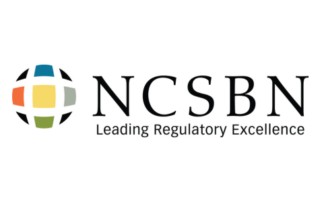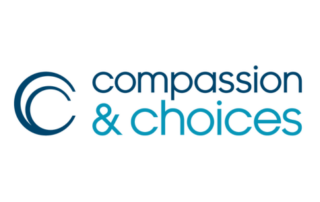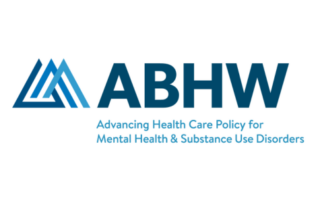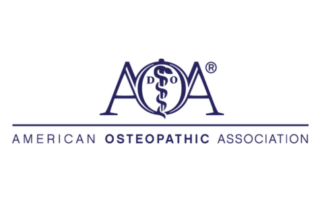Our Members
The Alliance for Connected Care aims to:
Demonstrate the importance of Connected Care as a tool for improved quality and efficiency.
Build significant and high-level support for Connected Care among leaders in Congress and the Administration.
Enable more telehealth to support new models of care.
Lift geographic and site restrictions for telehealth in Medicare.
Establish a consensus-based, standardized definition of Connected Care to advance with policymakers.
Alliance News
Connected Care Updates – April 17 2024
This update includes: Alliance Submits Statement for Record for House E&C and W&M Hearing Alliance Co-Leads Letter to DEA Alliance Leads Over 200 Organizations Urging Congress to Act on Telehealth and notable research and news developments
Government Accountability Office (GAO): Telehealth Usage by the Coast Guard
Government Accountability Office (GAO): Telehealth Usage by the Coast Guard GAO released a report on telehealth usage by the Coast Guard. The report describes how the Coast Guard uses telehealth to provide medical care to its active-duty personnel, as well as describes telehealth benefits and challenges identified by Coast Guard officials and documents.
Alliance Submits Statement for the Record for House Energy & Commerce Hearing on Telehealth Legislation
The Alliance for Connected Care submitted a statement for the record to the House Energy & Commerce Committee, Health Subcommittee for the legislative hearing, "Legislative Proposals to Support Patient Access to Telehealth Services." The Alliance focused its comments on: The need for urgent action in extending Medicare telehealth provisions through December 31, 2024 to provide certainty around the future of telehealth. Endorsed telehealth legislation and urged the Subcommittee to advance bipartisan legislation. Several recommendations that Committee should consider to permanently expand access to telehealth. Recommendations for fraud, waste, and abuse. Read the full letter here, or below. [...]
JAMA Internal Medicine: Telephone-Based Guideline-Directed Medical Therapy Optimization in Navajo Nation
JAMA Internal Medicine: Telephone-Based Guideline-Directed Medical Therapy Optimization in Navajo Nation In this heart failure trial in Navajo Nation, a telephone-based strategy of remote initiation and titration for outpatients with heart failure with reduced ejection fraction led to improved rates of guideline-directed medical therapy at 30 days compared with usual care. This low-cost strategy could be expanded to other rural settings where access to care is limited. Underutilization of guideline-directed medical therapy for heart failure with reduced ejection fraction is a major cause of poor outcomes. For many American Indian patients receiving care through the Indian Health Service, access [...]
University of Buffalo: Telemedicine Treatment for Hepatitis C Virus (HCV) Successful in those with Opioid Use Disorder (OUD)
University of Buffalo: Telemedicine Treatment for Hepatitis C Virus (HCV) Successful in those with Opioid Use Disorder (OUD) People with opioid use disorder who have hepatitis C virus (HCV) were twice as likely to be successfully treated and cured from HCV if they received facilitated telemedicine treatment at their opioid treatment program (OTPs) than if they were referred off-site to another provider. The researchers found that 90.3% of those in the telemedicine arm at an OTP were cured of HCV infection compared to 39.4% of participants referred to an off-site specialist. Two-thirds of those in the referral arm never [...]




















